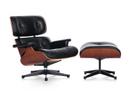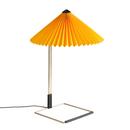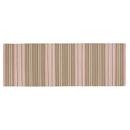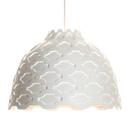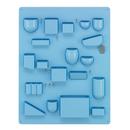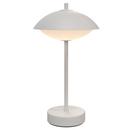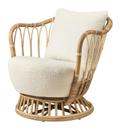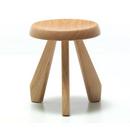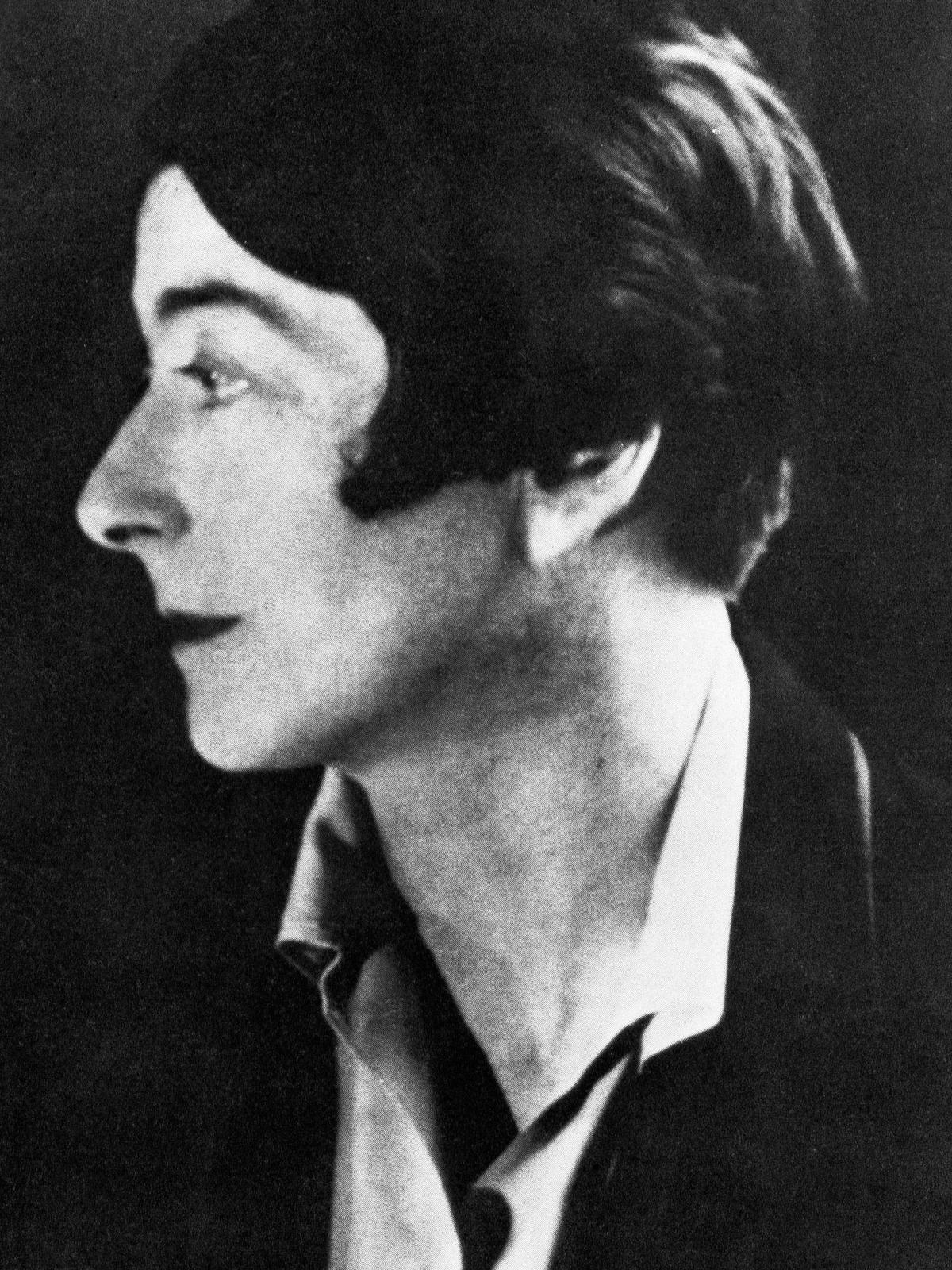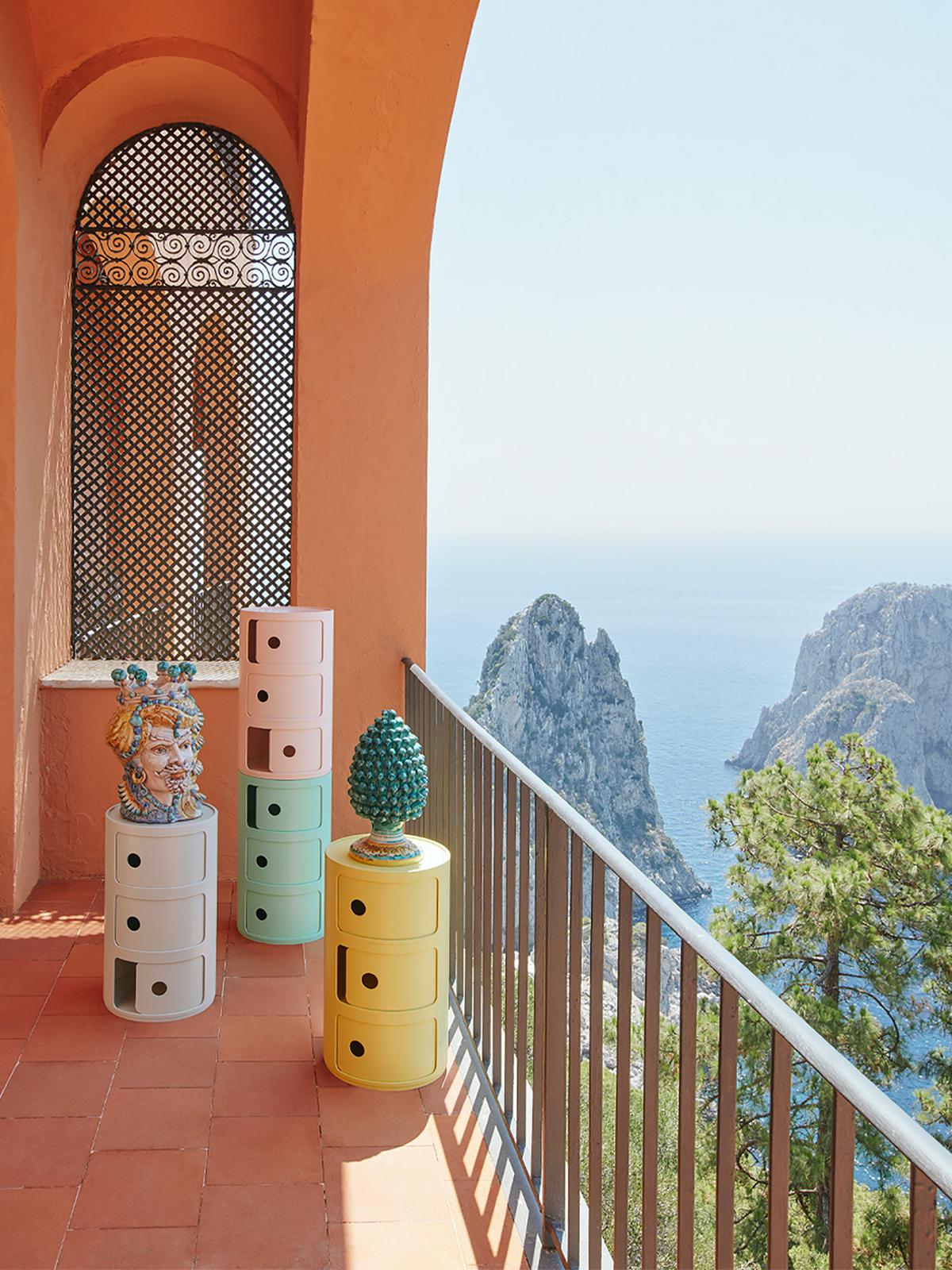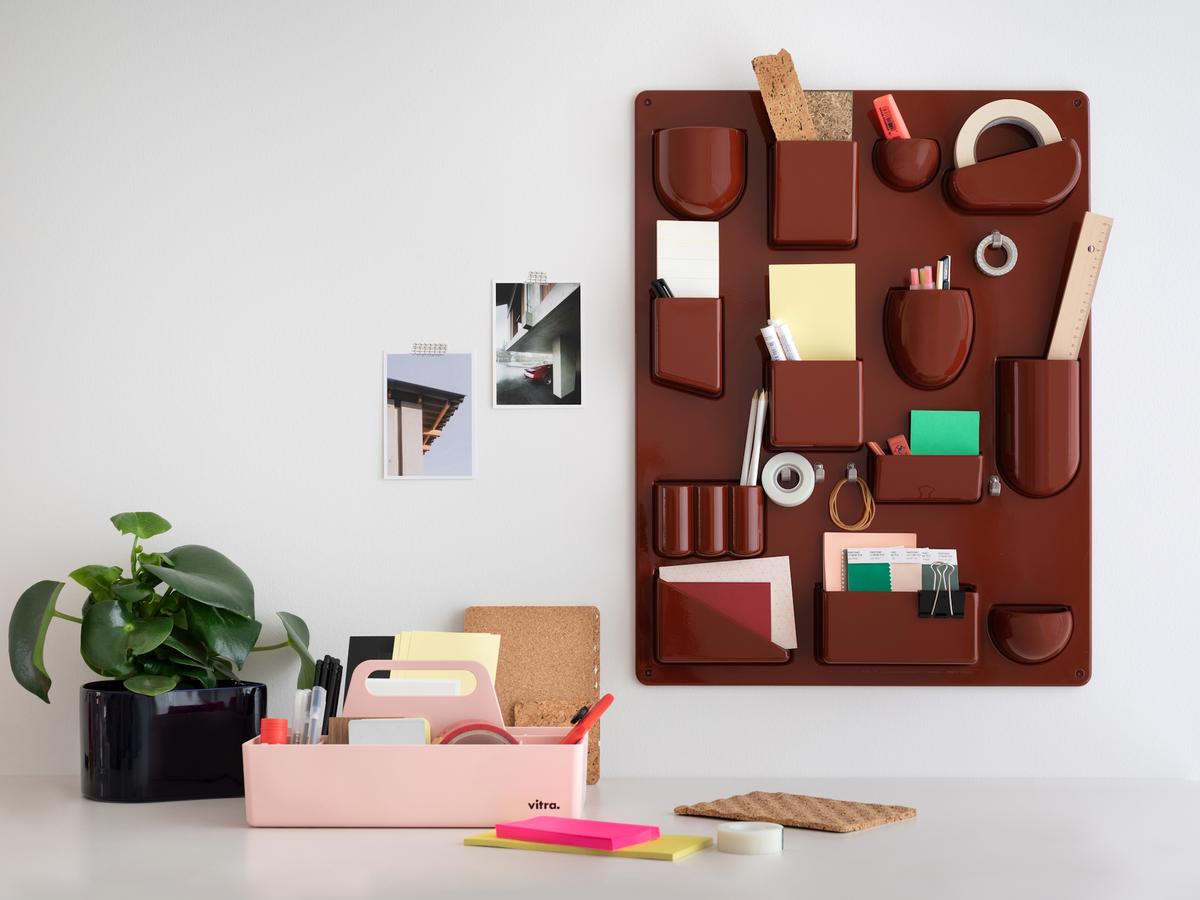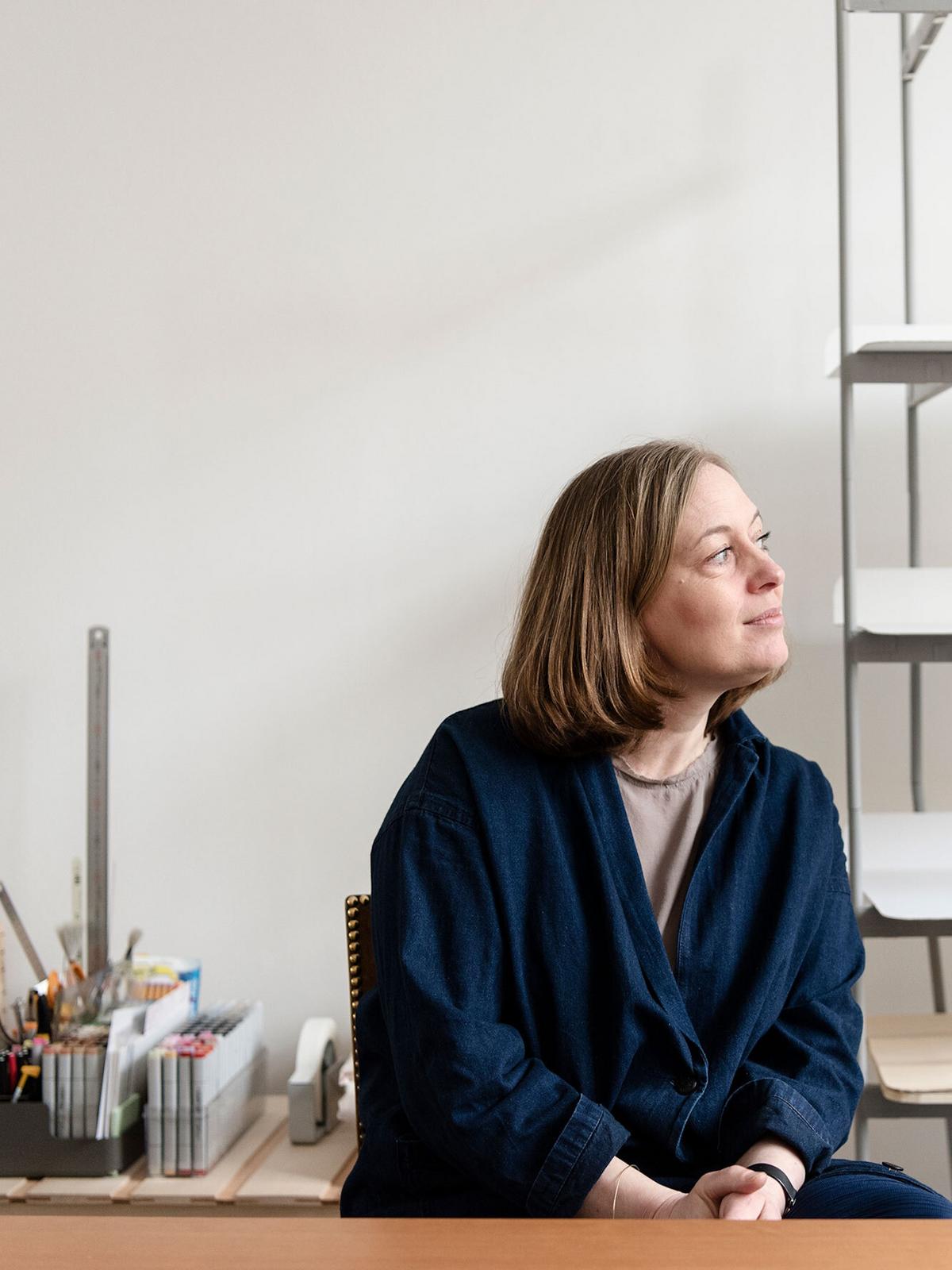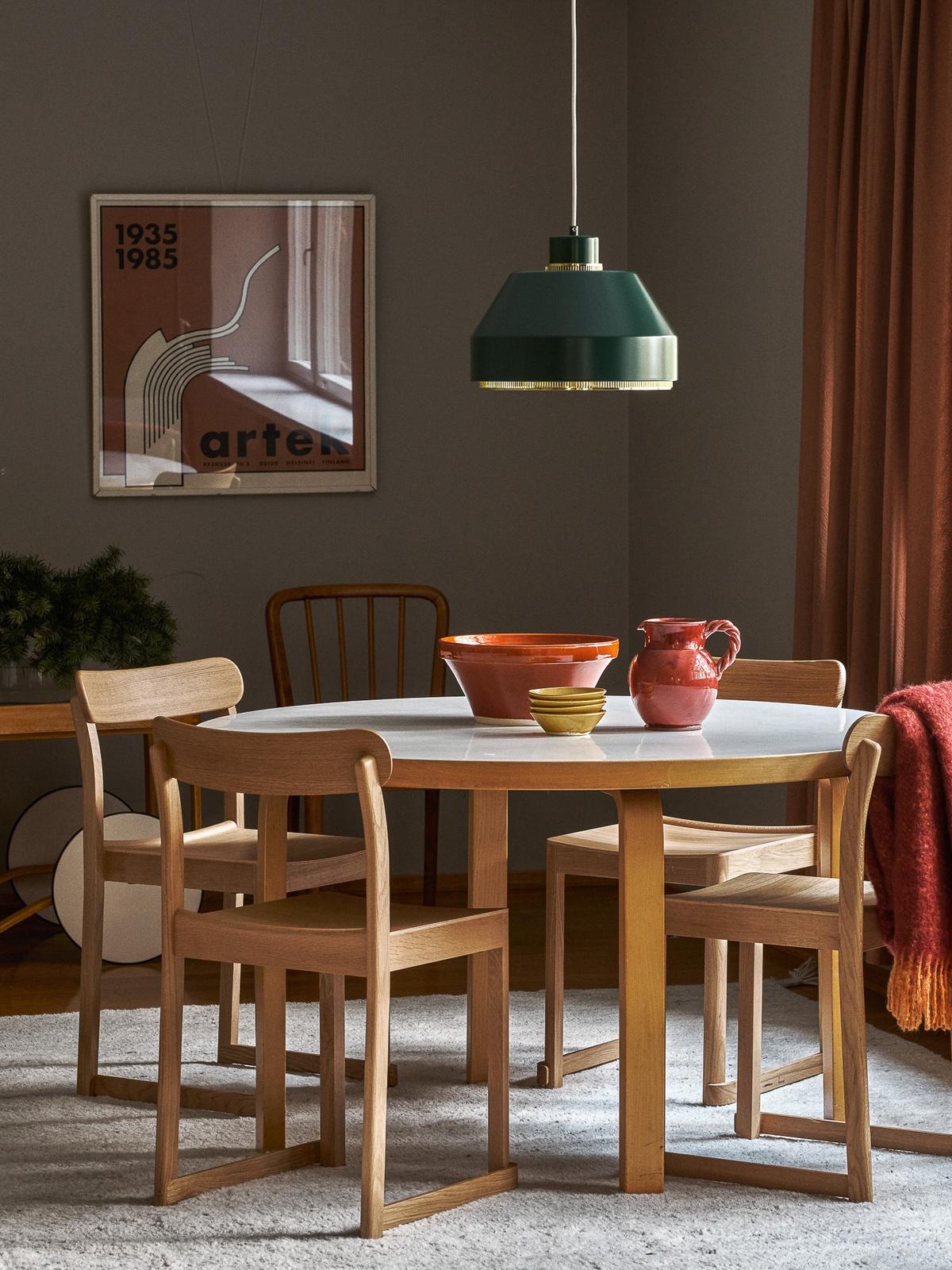Women in Design
Women in design: furniture icons by female designers that you should know about
Did you know that some of the most successful furniture designs come from women? The world of furniture design has been significantly influenced by a few visionaries who continually impress with their special features, personalities, developments or even circumstances, but often in silence. Often it is not known to what extent a woman designed a piece of art or furniture or to what extent she supported this creative process.
The times when Charlotte Perriand was turned away from the studio of Le Corbusier and Pierre Jeanneret with a curt "We don’t embroider cushions here!", may be over but nevertheless, women in leadership positions in the design industry are still a rarity today. Time to change that and honour the achievements of the design pioneers and their immense personal development, not to mention their furniture design achievements. Designers such as, for example, Ray Eames, Constance Guisset, Hella Jongerius, Eileen Gray or Charlotte Perriand, to name just a few, stand for modern and timeless aesthetics, inspired by female strength and beauty.
And so without further ado, let us introduce you to outstanding female designers who have made important contributions to furniture design history.
► Charlotte Perriand
► Ray Eames
► Eileen Gray
► Kajsa Strinning
► Anna Castelli-Ferrieri
► Dorothee Becker
► Cecilie Manz
► Lilly Reich
► Aino Aalto
Charlotte Perriand (1903 – 1999)
"In every important decision there is an option that represents life and that is what one must choose."
Have you you ever sat in the famous 2 Fauteuil Grand Confort with its recognizable tubular steel details? However, the mental connection that one automatically makes to Le Corbusier as the designer of the coveted piece of furniture does not do justice to the achievements of Charlotte Perriand, who immortalized herself in it in collaboration with the great creator Le Corbusier, where she improved and believed in the utopia of the "new man", also by creating a friendly living environment. Perriand's expertise influenced the joint work significantly; contemporary teamwork was very much to her liking even then, which is why the pioneer of everyday design often refrained from being named as the author of the revolutionary furniture that today are icons of contemporary furniture design: modesty and passion before ego.
Ray Eames (1912 – 1988)
"What works well is better than what looks good, because what works well lasts." (Ray Eames)
The artist couple Ray & Charles Eames are true design icons. But Ray always ran under the same “company name” as her husband and is still often overshadowed when it comes to the designs of the two designers. Ray not only supported her husband – she created pieces of furniture and interior accessories herself and stood at eye level with him. With her good eye for form and colour, she was largely responsible for the well-known Eames aesthetic, which the furniture still stands for today and which accounts for its value.
Eileen Gray's Adjustable Table E 1027 is one of the most copied pieces of furniture in history. And a prime example of classic modernism of which its myriad imitations are arguably the highest form of compliment to the Irish artist.
Eileen Gray celebrated real success in the 1920s despite the male-dominated society. She shocked people equally with her lifestyle as with furniture designs wherein she always aimed to design furniture that fit the times.
Today, the architect is known more than ever for the clear lines of her pieces of furniture, works which, thanks to the characteristic interplay of chrome, tubular steel and glass, are still emblematic of classic modernism and are still sought after at auctions.
Kajsa Strinning (1922 – 2017)
It was only in the 2000s, over 50 years after the release of the String shelf, that it became known to the general public that there was not only a man behind the internationally celebrated design classic String, but also a woman, Kajsa Strinning. Kajsa studied architecture at the Royal Institute of Technology in Stockholm from 1941 to 1946, where she met her husband Nisse. At the end of the 1940s, the Strinnings worked together on the design of a bookshelf for a competition from the Swedish publisher Bonniers folkbibliotek. Their design, the String shelf system, won the competition and quickly became an international success.

Kajsa Strinning
Under the umbrella of the companies String Design AB and Swedish Design AB, founded in 1952, Nisse and Kajsa Strinning created many other furniture designs, but history only recorded Nisse Strinning, and in the following decades he became one of the most famous representatives of modern Swedish design: the role of Kajsa Strinning remained underestimated although she in particular documented the Strinnings' work through construction drawings and ensured that design ideas were developed and refined. Kajsa Strinning was also a prolific artist whose drawings and paintings were shown at numerous exhibitions. The designer, artist and architect died in 2017 at the age of 95.
The round pedestal Componibili, which is always preceded by its cult reputation and which for many children represents through its presence in their bedrooms, probably the beginning of a certain affinity for furniture design, was authored by the Italian architect Anna Castelli-Ferreri, who also co- founded the Italian manufacturer Kartell , a company established in 1949 by Anna and her husband, the chemist Guido Castelli. Together they made Kartell the world leader in the design and manufacture of plastic furniture, a success tow hich Anna contributed through her own experimenting with plastic, achieving a global fame with the "Componibili" modular system.
At the end of the 1990s Vitra rediscovered a design classic of the pop era: the storage system and wall shelf Uten.Silo by Dorothee Becker. The new edition helped the designer, who was born in Aschaffenburg in 1938, achieve a late revival and became her only commercially successful design. According to her daughter Claude Maurer, the license fees were also welcome income since Dorothee Becker lived on a small pension. Today we can only speculate as to whether Dorothee Becker's career would have taken a different path if she had not been responsible for her family as a single mother. What is certain is that in 1969, inspired by a wooden toy she had designed for her children, she designed a storage shelf made of mouldable plastic. The shelf was presented at the Frankfurt trade fair in 1969 under the name Uten.Silo, but production stopped due to rising raw material prices caused by the oil crisis in the 1970s.
Dorothee Becker's daughter Claude Maurer described her mother as a feminist. Her obituary says: “She (…) attached great importance to ensuring that her daughters were not trained to be ‘girls in pink’.” and further: “After the very stressful divorce, she used her strong sense of aesthetics and her talent and opened a shop in Munich-Schwabing, as she had to earn her own living and that of her children (partially).” Dorothee Becker ran the shop under the name of her design "Utensilo" until 1989. There she sold everyday objects and design objects for the home and garden as well as a carefully selected collection of art postcards.
Before Cecilie Manz opened her own studio in Copenhagen in 1998,the Danish designer completed her studies at the Royal Danish Academy of Fine Arts and studied at the University of Art and Design in Helsinki. She is now one of the most successful women in a field that is still dominated by men.
Cecile Manz's life and her use of colours, structures, proportions and materials are shaped by her passion for fine art. The works of the great men of art also serve as a source of inspiration for her designs: Caravaggio's contrasts and Constantin Brâncuși's volume, for example, easily find their way into contemporary minimalist lighting objects such as Caravaggio lamp and the Brancusi pendant lamp
Cecilie Manz has worked with numerous renowned manufacturers such as Fritz Hansen, Iittala, Bang & Olufsen and Nils Holger Moormann and has received international awards. Her work can be seen in exhibitions at major institutions and is represented in important design collections such as the Museum of Modern Art in New York and the Design Museum Danmark. In addition to a wide range of product designs - including furniture as well as lamps or works made of glass - Cecilie Manz also designs experimental prototypes and individual sculptural pieces.
Lilly Reich, born in Berlin in 1885, was an important Modernist designer whose work was often overshadowed by her male colleagues. Reich's career began with an apprenticeship as an embroiderer and later led her to the Wiener Werkstätten under Josef Hoffmann. In 1911 she founded her own studio for interior design, arts and fashion in Berlin, where she created innovative works that remained an exception in the male-dominated industry. Reich's breakthrough came through her collaboration with the architect Mies van der Rohe from 1924 onwards. Together they designed important projects such as the Werkbund exhibition "Die Wohnung" in 1927 and the German Building Exhibition in 1931. Under Reich's artistic direction of the German appearance at the 1929 World Exhibition in Barcelona, the famous Barcelona Chair was created, although this was often attributed exclusively to Mies van der Rohe. This injustice can be traced back to the patriarchal social structure of the time and probably also to Mies van der Rohe’s personal attitude.

Lilly Reich
Much of Reich's archive was destroyed in a bombing raid on Berlin in 1945, while Mies van der Rohe's archive survived, thanks in part to Reich's efforts. After World War II, Reich worked to rebuild the German Werkbund, but died in 1947, two years after accepting a professorship in Berlin. Despite the difficulties she faced as a woman in her time, her contribution to modern design history is increasingly recognized, particularly her innovative work in interior and furniture design. A special exhibition was posthumously dedicated to her at the MoMA in New York in 1996, honouring her significant role in design history.
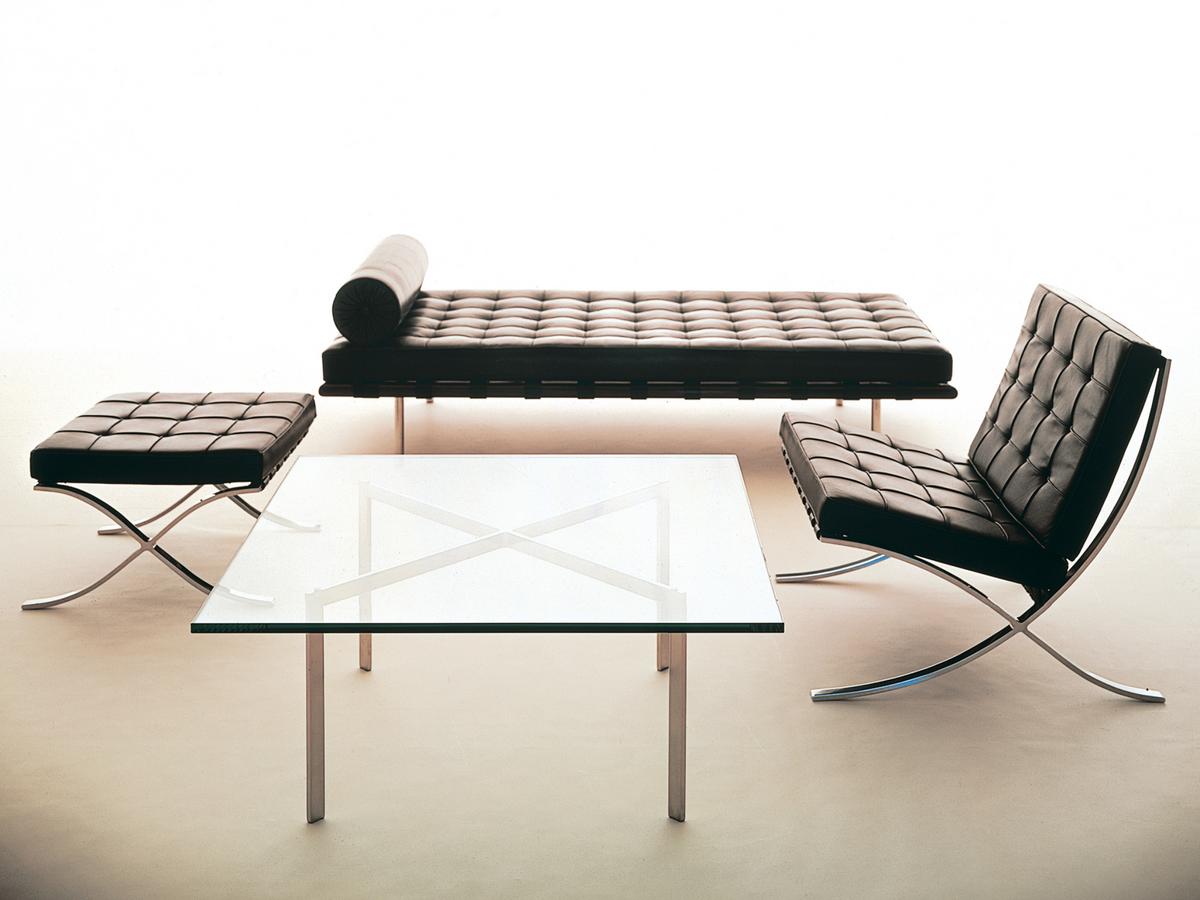
The Barcelona furniture series to whose development Lilly Reich contributed
Aino Aalto (1894 – 1949)
„There are two things in architecture, humanity or none.“
Aino Aalto (1894-1949), née Marsio, was a Finnish architect and designer who had a significant influence on Scandinavian design with her clear, functional designs and her vision of a modern lifestyle. Aino Marsio studied architecture at the Technical Institute in Helsinki from 1913 to 1920 and worked for the architect Oiva Kallio while a student. Following her studies Mariso worked for Gunnar Achilles Wahlroos and Alvar Aalto, with whom she was not only connected professionally, but also personally: the two married in 1925 and spent their honeymoon in Italy - a trip that was to have a major influence on her architectural language.
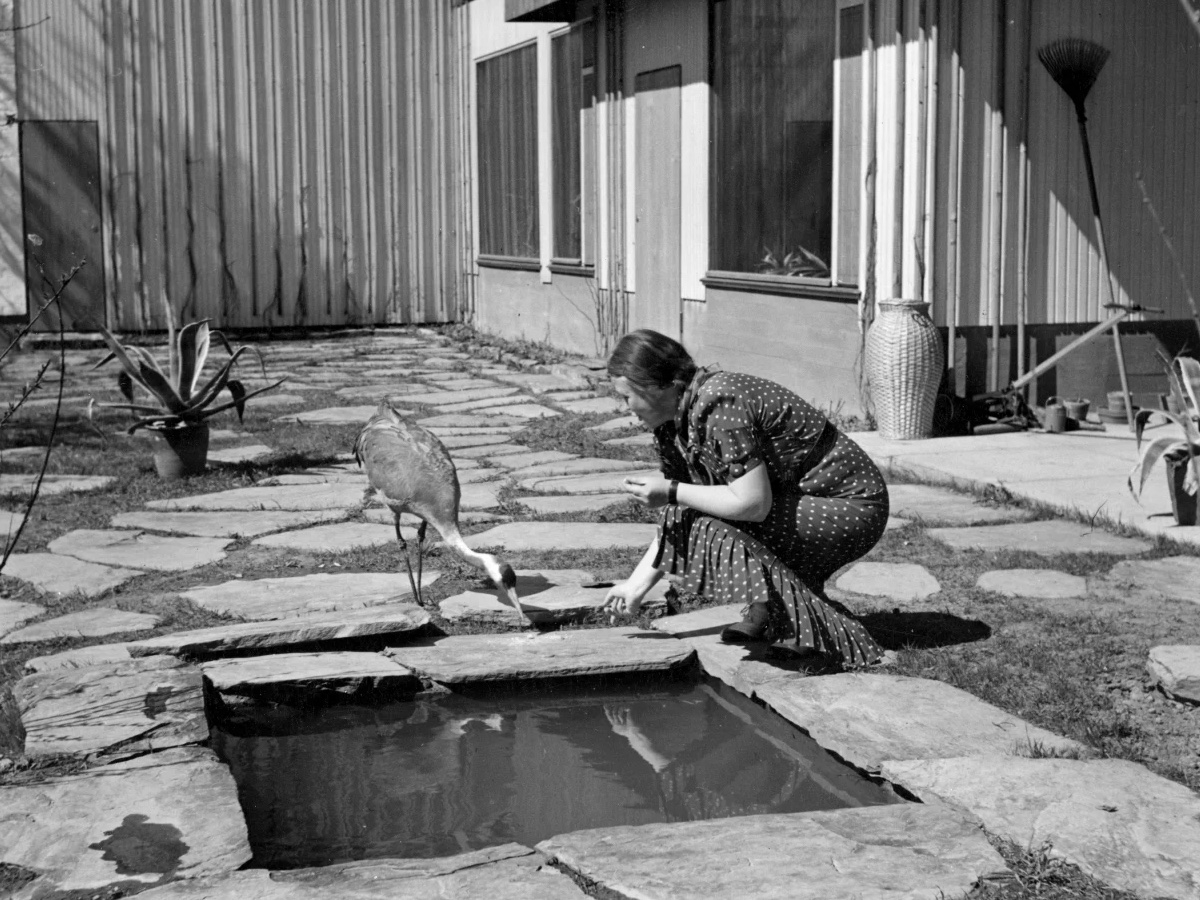
Aino Aalto with a crane in the garden of the Aaltos' house in Riihitie in the Munkkiniemi district of Helsinki
As a woman in a male-dominated industry Aino Aalto overcame numerous challenges to assert herself as a designer in her own right. Her designs, including the iconic 1932 glass tableware series with its wave-like surface, embody timeless elegance and functionality. These works, which are still produced by Iittala, as well as her furniture and interior designs, demonstrate her sensitivity to materials and form and are now an integral part of Scandinavian design heritage.
Together with her husband Alvar Aalto, Aino founded the company Artek in 1935, a platform that brought contemporary design from Finland to the world. Despite working closely with Alvar, Aino Aalto's contribution was often invisible, as her work was long overshadowed by her famous partner. Nevertheless, Aino was a driving force: she designed interiors and furniture for Villa Mairea and the Paimio Sanatorium, and was chief designer and manager of their joint company Artek. Aino Aalto's work not only testifies to her creativity, but also to her courage as a woman to innovate and follow her own path in a male-dominated world.




























